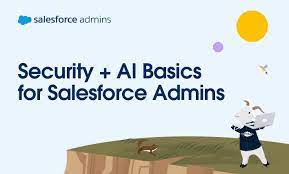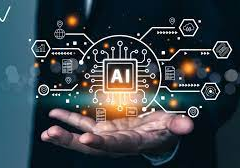Within the expansive and rapidly growing digital domain, IT leaders and organizations confront an array of cybersecurity threats, akin to modern-day magicians working with tricks and deceptions to steal digital secrets. To counter these threats against cybersecurity and AI, businesses must bolster their defenses. Among the prominent cybersecurity concerns, three primary threats persistently trouble IT leaders: phishing, ransomware, and denial-of-service (DoS) and distributed denial-of-service (DDoS) attacks.
Phishing: Cybercriminals cast hooks into the digital ocean, hoping to ensnare unsuspecting victims through malicious emails or harmful links, leading to unwittingly downloading malware. In targeted spearphishing efforts, cybercriminals craft personalized outreach, posing as trusted colleagues or contacts.
Ransomware: This form of malware blocks access to computer systems by encrypting them, demanding victims pay a substantial ransom to regain access to their own information.
DoS and DDoS Attacks: These attacks disrupt networks by inundating them with requests, making it challenging or nearly impossible for legitimate users to access them.
Insider Breach: Insider breaches, whether accidental or intentional, occur when an employee or authorized individual exposes systems to an attack. Accidental breaches may happen when an employee’s laptop is stolen, providing unauthorized access, while intentional breaches involve malicious employees facilitating entry for other cybercriminals or divulging proprietary information.
Supply Chain Attack: Exploiting vulnerabilities in third-party vendors’ security practices, hackers infiltrate networks and inflict harm, even when an organization’s data management security is robust.
AI in Cybersecurity: As businesses adopt AI tools, understanding associated risks is crucial. Robust data protection measures are essential, while AI aids in automating cyberattack detection and response efforts. Amidst escalating threats, AI tools continuously scan networks, devise solutions, and act swiftly to safeguard sensitive data.
Automation tools driven by AI address the shortage of 3.4 million cybersecurity experts globally.
Securing the Future: As digital networks expand, cybersecurity practices must evolve. Emerging technologies like AI and machine learning play vital roles in monitoring the threat landscape. However, human awareness and adherence to best practices remain crucial. In this dynamic digital world, the collaboration of technology and human vigilance stands as our most robust defense against cyber threats.













